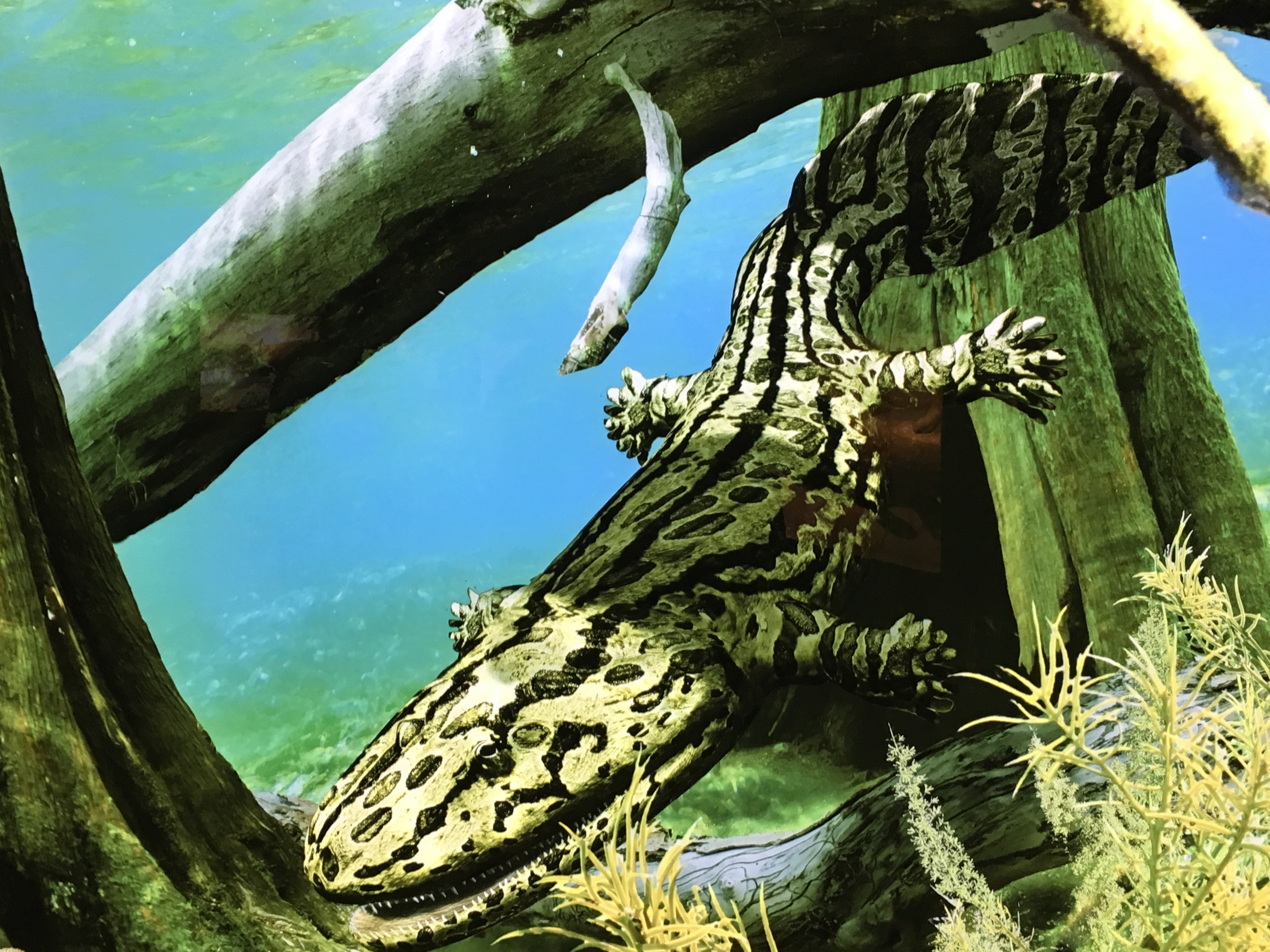My mom is a wonderful person. Most people think the same of their own mothers and, at least in my case, it’s true. She is always supportive, she let me win at board games (at least until I was an adult — now she shows no mercy), and she made sure I was able to visit museums and go watch Shakespeare plays.
When we think about mothering, certain preconceptions come to mind. We might think of an SUV full of kids being taken to and from different events. We might think of a working woman coming home from the office, or even a mother at home with a newborn. Would it surprise you to know that the idea of motherhood has changed over time?
Via the cute-collectors over at zooborns.com
There are two stereotypes currently dominating the idea of the ideal mother: soccer moms and supermoms. Soccer (or hockey, basketball, or other hobby-supporting) moms have a large vehicle full of kids and equipment and they go from plays and practices to games and recitals. There is also the supermom, who works 60 hours a week and still has another 40 for her kids.
In the ’70s we were introduced to child-rearing experts. They gave us the latest and greatest that science had to offer. Dr. Spock was a predominate example. This came as a reaction to the mother-knows-best attitude of the early 20th century, which, in itself, was a response to patriarchal child raising, where the mother deferred to the father to make sure her “womanly disposition” didn’t damage the child.
In early centuries, a well-to-do woman would not lower herself to raise a child — such tasks were for the help while a lady went to dinner parties. And throughout the Dark Ages, a child was thought of as a little demon who had to be restrained until they were able to behave.
In ancient Rome, being a mother raised your social capital and marked a closer tie to your husband’s family and distancing of your own. (But if you could afford it, you’d have someone else raise the kid.)
The Greeks had a yearly celebration for mothers. It was a spring festival dedicated to the goddess Rhea. Mothers in Ancient Egypt were also well-regarded — several mothers of pharaoh were the real power behind the throne.
But is mothering confined to human culture? Do other animals do it? Chimpanzees have the longest childhood of the animal kingdom. A baby can stay with its mother for up to seven years. Elephants, which have the longest pregnancy at 22 months and some of the largest babies at 250 lbs, use the herd to help raise a baby, with the other females working together as babysitters.
And motherhood is not confined to mammals.The alligator is noted as a caring mother. The temperature of the nest determines whether the babies will be boys or girls, so the alligator knows in advance what color onesies to get. After hatching, the mother will carry her babies around in her mouth and protect them from other animals.
A mother octopus will spend months hovering around her 50,000 to 2,000,000 eggs to protect them from predators and to make sure enough water goes by to provide enough oxygen. During that time, she’ll not leave the eggs even to get food and resorts to ingesting an arm or two. We should at least give her a hand.
Earwigs, one of my least favorite insects, are also caring mothers. Instead of just laying her eggs and leaving, she will hang around and keep her eggs warm and fungus-free. She will stay for months after they hatch and continue to provide safety and substance.
If mammals, reptiles, and even insects mother, what part of mothering is cultural? Is it a genetic need to make sure that our progeny survive? Which parts are nature and which nurture? Join us on April 2 at 6:30 p.m. and hear Dr. Robert Martin from The Field Museum talk about the evolution of mothering.
WHAT: HMNS Distinguished Lecture, “Evolution of Mothering: The Natural Heritage from our Deep Mammalian Past”
WHO: Robert Martin, Ph.D., Field Museum
WHEN: Tuesday, April 2, 6:30 p.m.
WHERE: HMNS Main, 5555 Hermann Park Dr., Houston, TX 77030
HOW MUCH: $18
Sponsored by The Leakey Foundation
Mammals, whose name comes from the Latin “mamma” for teat, are defined by suckling. Mothering began 200 million years ago with the first mammals and developed to become a hallmark of ancestral primates. Taking evidence from anthropology, archaeology and genetics, this presentation reviews the long evolutionary trajectory of human mothering. Reconstructing that history throws light on the natural basis for our own maternal behavior and highlights sources of problems encountered by modern mothers.

Dr. Robert Martin is curator of biological anthropology at the Field Museum in Chicago. He has devoted his career to exploring the evolutionary tree of primates, as summarized in his 1990 textbook Primate Origins. Dr. Martin is particularly interested in reproductive biology and the brain, because these systems have been of special importance in primate evolution. His research is based on broad comparisons across primates, covering reproduction, anatomy, behavior, paleontology and molecular evolution. The Leakey Foundation Lecture Series is sponsored nationally by Wells Fargo Bank and locally by The Brown Foundation, Inc.
Watch Dr. Martin speak about his work and experience as a biological anthropologist below:







